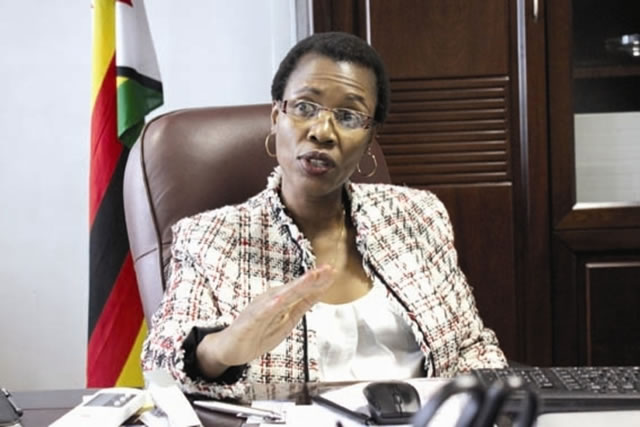Load-shedding eases

Felex Share Senior Reporter
Zimbabwe is getting 300 megawatts daily from South African power company, Eskom, in a development that has resulted in improved electricity supply in various parts of the country in recent weeks, The Herald can reveal.
This has seen Zesa reviewing its load-shedding schedule in most areas.
The deal with Eskom to provide immediate power relief to the country broke a long spell in which the country experienced prolonged load-shedding during the last quarter of last year.
The power outages saw some urban residents going for more than 18 hours without electricity, a crisis attributed to declining water levels in the Kariba Dam.
Read more:
The electricity supply situation is expected to improve further in February when a 200MW diesel emergency power plant should be installed at Dema substation in Seke.
Energy and Power Development Ministry Permanent Secretary Mr Partson Mbiriri confirmed the country had struck an arrangement with Eskom to secure immediate power relief under a deal that remains secretive for security reasons.
The bulk of the support, he said, was coming during South Africa’s off-peak periods “when they have capacity to do so”.
“Eskom of South Africa has started to support the Zimbabwe Electricity Transmission and Distribution Company,” said Mr Mbiriri.
“The cumulative amount of power from South Africa is 300MW. Eskom support has enabled Zimbabwe Power Company to conserve water at Kariba at night and to use the conserved water to generate more power during the day. This has been key to improving power availability during the day.”
Eskom generates about 35 200MW from its 20 power stations.
Mr Mbiriri said supplies from Hwange Power Station had also improved substantially, with five of the six units running.
“Hwange is running on five units, with Unit 1 on statutory maintenance,” he said.
The power station has an installed capacity of 920MW.
Added Mr Mbiriri: “Let’s also not forget that industry is on annual shutdown. The power it would use is currently being diverted to other consumers and when they reopen power will be redirected (to industry) but efforts are underway to ensure that in the long run, load-shedding is a thing of the past.”
Government is also working on various projects, chief among them the expansion of Kariba South Power Station and Hwange Units 7 and 8, to add 300MW and 600MW respectively to the national grid. This is expected to improve overall power availability.
While the big projects materialise, the Dema emergency diesel power plant will be installed and it will be complemented by another 120MW from the Mutare Peaking Power Plant, which is expected to take under 18 months to complete.
The plant is one of the priority projects targeted under Zim-Asset, and Zesa engineers have done due diligence on Ansaldo Energia, the Italian company that will supply the contractor, Helcraw Electrical (Pvt) Ltd, with equipment.
A ground-breaking ceremony is expected soon to pave way for construction.
Several power stations are being upgraded, with Zesa Holdings recently securing a $87 million loan from India to retool Bulawayo Thermal Power Station.
The loan will be repaid over 10 years and Parliament has already approved it.
The country has been facing a serious power shortage that has affected industry, farmers and domestic consumers as a result of low investment in electricity generation amid Government efforts to supply electricity energy to rural communities.









Comments